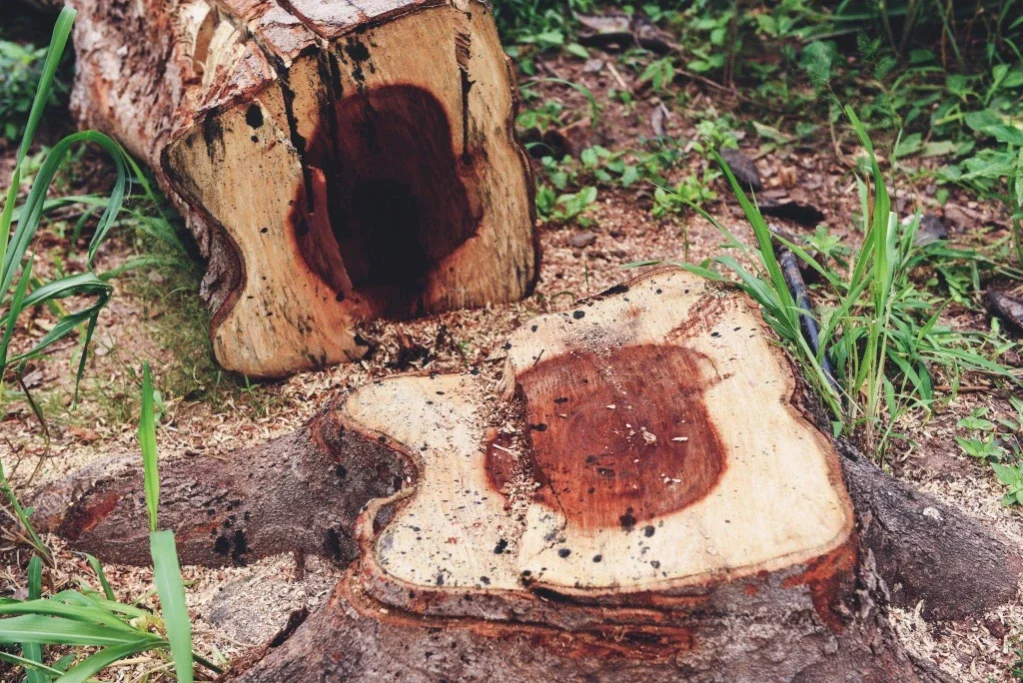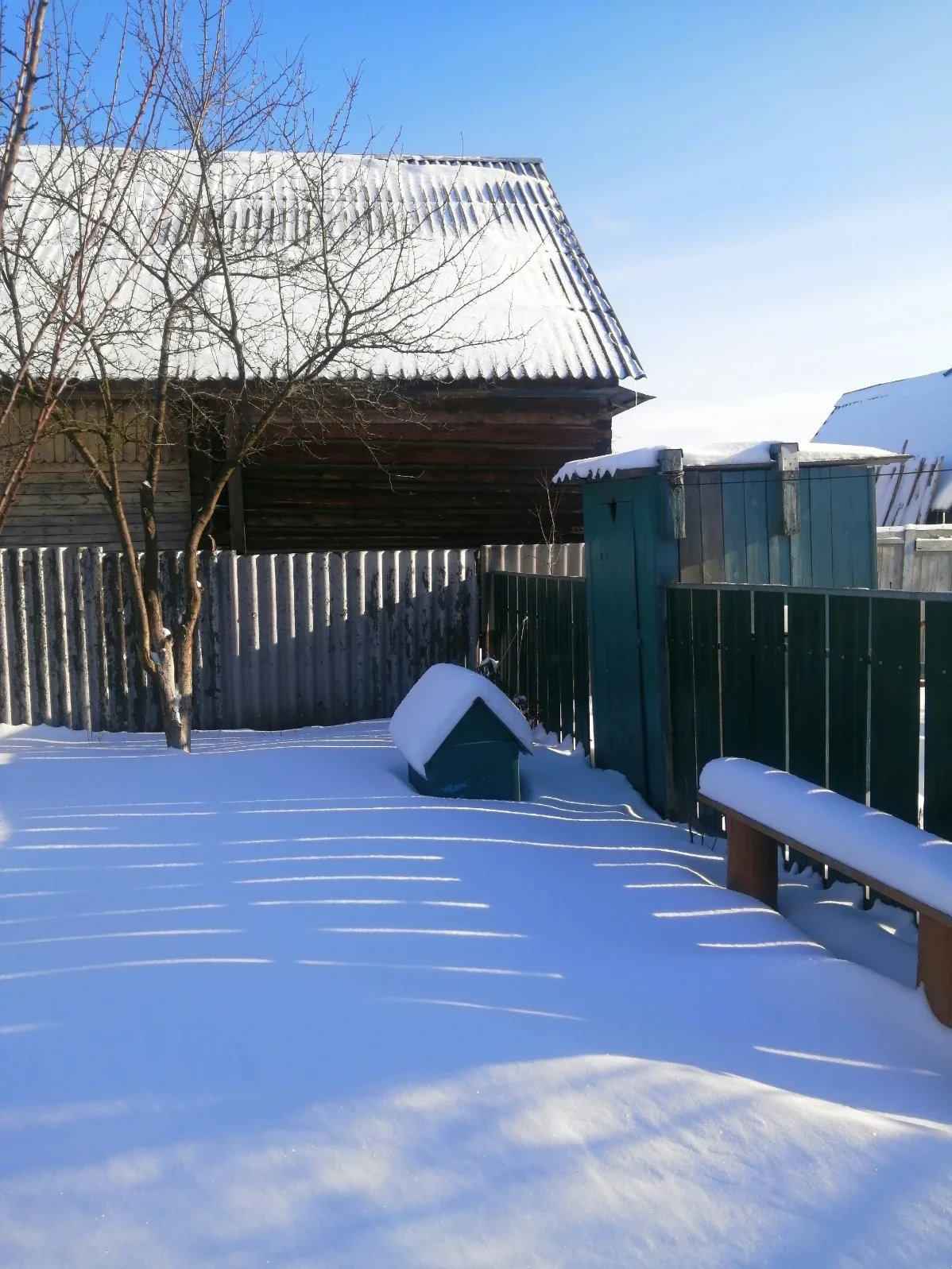How to Grow and Care for Purple Leaf Plum Trees
Discover how to grow and care for Purple Leaf Plum Trees with this comprehensive guide. From planting to pruning, we cover everything you need to keep these vibrant beauties healthy and thriving.
Looking to add a pop of color to your garden? Say hello to the Purple Leaf Plum Tree! Known for its stunning purplish-red foliage and delicate spring blossoms, the Purple Leaf Plum is a showstopper that brings beauty and elegance to any landscape. Whether you’re a seasoned gardener or a newbie, this guide on How to Grow and Care for Purple Leaf Plum Trees will walk you through the steps to make your tree flourish.
With just a bit of attention and know-how, you can grow a Purple Leaf Plum that not only steals the show but also provides shade, texture, and a gorgeous splash of color. Ready to dive in? Let’s get started!
Why Choose a Purple Leaf Plum Tree?
Before we dig into the nitty-gritty of growing and caring for these beauties, let’s talk about why they’re worth the effort.
Eye-Catching Color: The tree’s deep purple leaves create a bold contrast in gardens and yards, adding vibrancy to any setting.
Seasonal Blooms: In early spring, the tree is adorned with fragrant pink or white blossoms, adding even more charm.
Moderate Size: Typically growing between 15 to 25 feet, this tree fits comfortably in both small and large yards.
Wildlife-Friendly: The Purple Leaf Plum attracts pollinators like bees and butterflies, helping to support your local ecosystem.
The Purple Leaf Plum tree is a stunning addition to any landscape, bringing bold color and natural beauty to gardens and yards. Its deep purple foliage offers a striking contrast, adding vibrancy and a unique aesthetic to outdoor spaces. In early spring, the tree bursts into bloom with delicate pink or white flowers that not only enhance its charm but also fill the air with a pleasant fragrance. With a moderate size range of 15 to 25 feet, this tree is versatile enough to suit both small and large yards, providing a manageable yet impactful presence. Beyond its visual appeal, the Purple Leaf Plum is a magnet for pollinators like bees and butterflies, making it a valuable choice for supporting local wildlife and promoting a healthy ecosystem.
How to Grow and Care for Purple Leaf Plum Trees: Step-by-Step Guide
Planting and caring for a Purple Leaf Plum Tree isn’t rocket science, but it does require some attention to detail. Here’s everything you need to know to grow a healthy, vibrant tree.
Step 1: Choosing the Right Location
The first step in How to Grow and Care for Purple Leaf Plum Trees is all about location. A happy Purple Leaf Plum starts with the right spot, so keep these points in mind:
Full Sunlight: For the best color and growth, choose a location that receives at least 6 hours of direct sunlight daily.
Well-Draining Soil: Avoid low-lying areas where water collects. This tree prefers soil that drains well to prevent root rot.
Room to Grow: Plant it away from buildings, as its root system needs space to spread out, and branches will need room to grow outward.
To ensure your Purple Leaf Plum tree thrives and displays its vibrant color, selecting the right planting location is essential. This tree flourishes in full sunlight, so choose a spot that receives at least 6 hours of direct sunlight each day to support optimal growth and bold leaf color. Additionally, well-draining soil is a must—avoid low-lying areas where water can accumulate, as excessive moisture can lead to root rot. Give your tree plenty of space by planting it away from buildings or other structures; its root system needs room to expand, and the branches will naturally grow outward over time. By providing the ideal conditions, you’ll set your Purple Leaf Plum tree up for a healthy, beautiful presence in your yard.
Step 2: Planting the Tree
Once you’ve chosen the perfect spot, it’s time to plant. Follow these steps to get your Purple Leaf Plum Tree off to a strong start:
Dig the Hole: Dig a hole about twice as wide and just as deep as the tree’s root ball.
Prep the Soil: If your soil is heavy clay or sandy, mix in compost to improve drainage and nutrient content.
Position the Tree: Place the tree in the hole, making sure it’s straight. The top of the root ball should be level with the soil surface.
Backfill with Soil: Fill the hole halfway with soil, water it to settle, then fill the rest. This helps eliminate air pockets.
Mulch: Add a 2-3 inch layer of mulch around the base (but not touching the trunk) to help retain moisture and control weeds.
Step 3: Watering
Young Purple Leaf Plums need consistent watering to establish strong roots.
For the First Year: Water deeply once a week, especially in dry spells.
Established Trees: Once settled, they’re more drought-tolerant. Water during extended dry periods to keep the leaves vibrant.
Proper watering is key to helping your Purple Leaf Plum tree thrive, especially during its first year. Newly planted trees need consistent moisture to establish a strong root system, so aim to water deeply once a week, particularly during dry spells. This regular watering routine helps the tree adapt to its new environment and promotes healthy growth. Once established, Purple Leaf Plums become more drought-tolerant, requiring less frequent watering. However, it’s still beneficial to provide moisture during extended dry periods to keep the tree’s leaves vibrant and its health in top condition. By understanding the tree’s changing water needs, you can enjoy a beautiful, resilient addition to your landscape that’s well-prepared to withstand seasonal weather changes.
Step 4: Fertilizing
Feeding your Purple Leaf Plum tree keeps it healthy and enhances growth.
First-Year Growth: Avoid fertilizing immediately after planting. Wait until early spring of the following year.
Annual Fertilizer: In early spring, apply a balanced slow-release fertilizer to support blooming and foliage growth.
Avoid Over-Fertilizing: Too much fertilizer can lead to excessive foliage and fewer blooms.\
Fertilizing your Purple Leaf Plum tree thoughtfully can greatly enhance its growth and flowering. During its first year, it’s best to hold off on fertilizing right after planting, as this can overwhelm the young tree. Instead, wait until early spring of the following year to begin fertilization. At that time, applying a balanced, slow-release fertilizer will support the tree’s blooming and vibrant foliage, setting it up for a healthy growth season. Be mindful not to over-fertilize, as excess nutrients can encourage too much foliage growth at the expense of blooms. By following a light, annual fertilizing routine, you’ll help your Purple Leaf Plum tree flourish beautifully, without compromising its natural balance or overall health.
Pruning Purple Leaf Plum Trees
Pruning is an essential part of How to Grow and Care for Purple Leaf Plum Trees. Not only does it maintain shape, but it also encourages healthier growth. Here’s how to do it right:
Best Time to Prune: Late winter or early spring before new growth appears is ideal.
Shape and Structure: Prune to shape the tree and remove any crossed, damaged, or diseased branches.
Avoid Over-Pruning: Purple Leaf Plums are prone to suckers—branches that grow straight up from the trunk. Remove suckers as they appear, but avoid cutting back too much of the healthy wood.
Pruning your Purple Leaf Plum tree at the right time and with careful technique helps maintain its shape, health, and vibrant appearance. The best time to prune is in late winter or early spring, just before new growth begins, allowing the tree to heal quickly and prepare for the season ahead. Focus on shaping the tree and removing any crossed, damaged, or diseased branches to promote a strong, open structure. Additionally, Purple Leaf Plums are known to produce suckers—vertical shoots from the trunk or roots—that should be removed as they appear to prevent overcrowding. However, avoid over-pruning healthy wood, as this can stress the tree. With mindful pruning, you’ll keep your Purple Leaf Plum beautiful, well-shaped, and ready for optimal growth.
Step-by-Step Pruning Guide
Start with Deadwood: Remove any dead, damaged, or diseased branches first.
Thin Out for Air Circulation: Clear out crowded areas to improve airflow, reducing the risk of disease.
Maintain the Shape: Trim branches that disrupt the tree’s natural shape.
Pest and Disease Management
Like any tree, Purple Leaf Plums are susceptible to pests and diseases. However, with a little prevention and care, you can keep these issues at bay.
Common Pests
Aphids: Small, sap-sucking insects that cause leaves to curl. Use insecticidal soap or a blast of water to remove them.
Japanese Beetles: These pests chew on leaves, creating a “skeleton” look. Handpick them off, or use beetle traps if they’re common in your area.
Protecting your Purple Leaf Plum tree from pests is essential to maintaining its health and beauty. Aphids, tiny sap-sucking insects, can often be found on the leaves, causing them to curl and distort. These pests can be managed effectively by spraying the leaves with insecticidal soap or using a strong blast of water to dislodge them. Japanese beetles are another common pest that can cause noticeable damage, chewing through leaves and leaving a “skeleton” effect behind. To control these beetles, handpick them from the tree or set up beetle traps if they are prevalent in your area. Regularly monitoring and addressing these pest issues will help your Purple Leaf Plum tree stay lush, vibrant, and pest-free throughout the growing season.
Common Diseases
Leaf Spot: Caused by fungus, this creates small, dark spots on leaves. Prune infected leaves and dispose of them to reduce spread.
Brown Rot: A fungal disease that affects branches and blossoms. Prune affected areas and avoid overhead watering to reduce moisture on leaves.
Keeping your Purple Leaf Plum tree healthy involves proactive care against common diseases like leaf spot and brown rot. Leaf spot, caused by fungal spores, leads to small, dark spots on leaves that can spread if untreated. To manage this, prune and dispose of infected leaves to prevent the disease from spreading further. Brown rot is another fungal issue that affects branches and blossoms, causing them to brown and wither. Prune any affected areas and avoid overhead watering, as moisture on leaves creates an ideal environment for fungal growth. By addressing these diseases promptly and maintaining good hygiene around your tree, you can help ensure its long-term health and vibrant appearance throughout the growing season.
Seasonal Care for Purple Leaf Plum Trees
While growing and caring for Purple Leaf Plum Trees is fairly low-maintenance, a few seasonal steps can help them thrive all year.
Spring
Fertilize: Apply a balanced fertilizer to support new growth and blooms.
Prune: Tidy up branches as needed and remove suckers.
Summer
Water: During dry spells, water deeply every week to keep the tree healthy.
Monitor for Pests: Check for aphids, beetles, and other pests, and treat as necessary.
Fall
Rake Leaves: Remove fallen leaves to prevent fungal infections.
Mulch: Add fresh mulch to insulate roots as winter approaches.
Winter
Protect Young Trees: In very cold regions, consider wrapping young trees to protect them from frost.
Prune for Shape: Late winter is ideal for structural pruning.
Conclusion
Adding a Purple Leaf Plum Tree to your garden is like adding a piece of living art. Its vibrant foliage, springtime blooms, and moderate size make it a great choice for any landscape. With this guide on How to Grow and Care for Purple Leaf Plum Trees, you’re well-equipped to plant, nurture, and maintain a stunning and healthy tree.
With a bit of love, the right conditions, and regular care, your Purple Leaf Plum Tree will stand tall and beautiful for years, giving your garden that pop of color and character it deserves. So, roll up those sleeves and start planting—your dream garden awaits!
Frequently Asked Questions
1. Do Purple Leaf Plum Trees produce fruit?
Yes, they may produce small, dark fruits. While edible, they’re often tart and not the primary reason people plant these trees.
2. Can I grow a Purple Leaf Plum in a container?
It’s possible but challenging, as they require ample space for root growth. Choose a large container and prune regularly to maintain size.
3. How fast do Purple Leaf Plum Trees grow?
They’re moderately fast growers, usually adding around 1 to 2 feet per year.
4. Why are the leaves on my tree turning green?
A lack of sunlight can cause purple leaves to revert to green. Make sure the tree is getting at least 6 hours of sunlight daily.
5. How long do Purple Leaf Plum Trees live?
With proper care, they typically live around 20 years, although some can last longer with excellent maintenance.
































